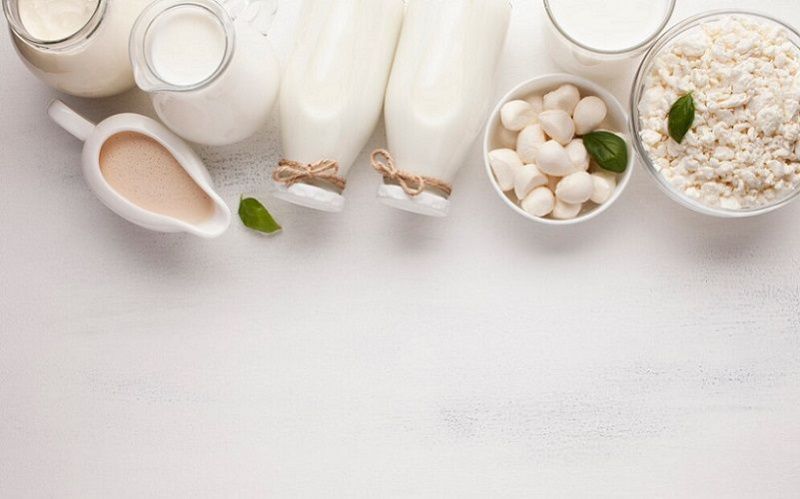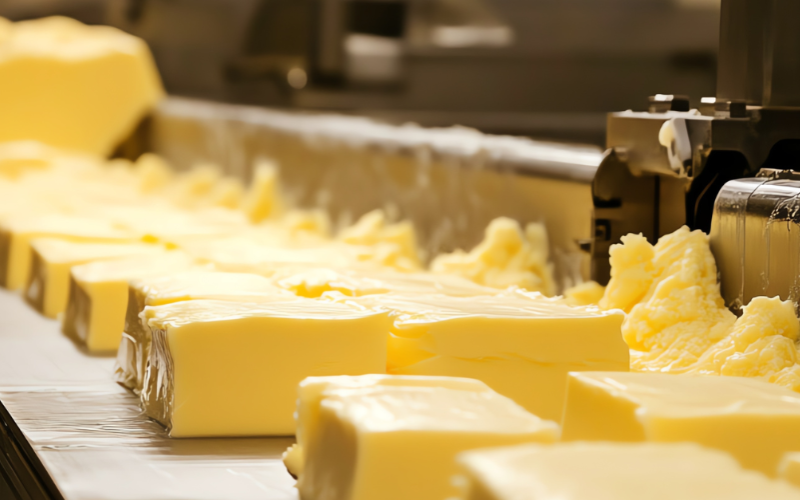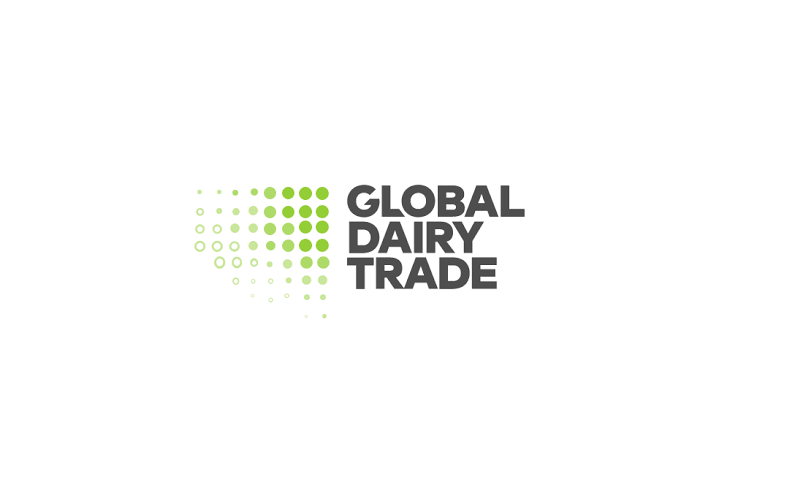FAO: Global Milk Production to Increase by 1.4% in 2025, but Global Trade to Decline

Production: Asia Leads, EU and USA Stabilize
In Asia, the increase in volumes will mainly be due to the expansion of livestock and gradual productivity growth in Bangladesh, India, and Pakistan. In China, where production declined by 2.8% in 2024 due to low purchase prices and the exit of small producers, stabilization is expected. Consolidation in the sector and improved productivity in large farms are expected to offset the ongoing reduction in herds.
In the European Union, milk production in 2025 will show moderate growth with mixed dynamics across countries. In the USA, the situation has improved due to the stabilization of feed prices and recovery fr om outbreaks of highly pathogenic avian influenza (HPAI). In New Zealand, high purchase prices and favorable weather conditions have stimulated growth in volumes.
Trade: Decline Amid High Prices and Weak Demand
Global dairy trade, in milk equivalent, is expected to decrease by 1.3% in 2025. High global prices are reducing purchasing power and limiting imports, especially in countries with weakened currencies.
Additional factors contributing to the decline in demand include higher domestic milk supply in key importers such as Algeria, Egypt, and Saudi Arabia, as well as trade uncertainty in certain directions. These factors offset the moderate growth in imports in China, the world's largest dairy buyer, wh ere recovery is supported by purchases for processing, feed, and nutritional segments.
Prices: Market Remains Firm
Despite some decline, global dairy prices in 2025 remain high. The FAO Dairy Price Index reached 142.2 points in November, which is 7% below the May level but 17% above the average for January–October 2024.
Price increases have been recorded across all key categories, primarily in cheese and whole milk powder, reflecting steady demand in Asia and the Middle East. Prices for skimmed milk powder rose slightly due to high export stocks and weak demand following a period of active accumulation. Butter, having reached a historic high in June, became cheaper in the second half of the year following improved production forecasts and increased competition among exporters.











